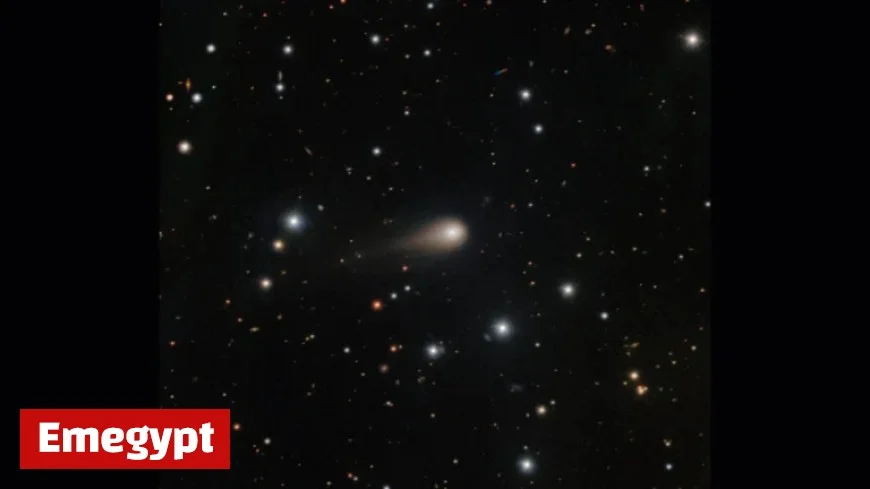Scientist Confirms No Color Change for Interstellar Comet 3I/ATLAS

Comet 3I/ATLAS has captured significant attention since its discovery. It is the third known interstellar comet to enter our solar system. Originating from outside our solar system, this comet has surprised astronomers during its celestial journey.
Discovery and Key Events
3I/ATLAS was first identified in July 2023. It made its closest approach to the sun on October 30, 2023. During this encounter, three spacecraft observed and photographed the comet as it neared the sun.
Data from these observations indicated that 3I/ATLAS underwent a rapid brightening, a phenomenon not typically seen in similar comets. Researchers have noted this comet appears “distinctly bluer than the sun,” a notable difference from earlier observations that identified its dust as red.
Clarifying the Color Change Debate
Contrary to popular media reports suggesting that 3I/ATLAS has frequently changed color, scientist Qicheng Zhang from the Lowell Observatory provided clarification. He stated that there is no evidence of a significant color change in the gas coma of the comet.
- The comet’s brightness results from the sustained presence of its gas coma.
- Zhang specified that the comet only appeared to “change color” once when the gas coma became visible earlier this year.
- Visual observations from amateur astronomers in early September indicated the blue/green color of the coma.
Scientific Examination and Observations
Comets are often described as “dirty snowballs” due to their icy cores, which contain frozen gases, rock, and dust. As they approach the sun, these icy compositions transform into gas and create bright halos known as comas. These comas appear fuzzy and can also form tails pushed away by solar winds.
Numerous telescopes have tracked 3I/ATLAS, including consumer-grade models as small as 6 inches. Additionally, major scientific instruments like the Hubble Space Telescope, the ExoMars Trace Gas Orbiter, and China’s Tianwen 1 Mars probe have contributed images of the comet.
Upcoming Appearances
Looking ahead, Comet 3I/ATLAS is expected to make its closest pass to Earth on December 19, 2023. It will approach at a distance of approximately 167 million miles (or 270 million kilometers).
This interstellar visitor provides a unique opportunity to study materials from outside our solar system, enriching our understanding of these celestial phenomena.




























